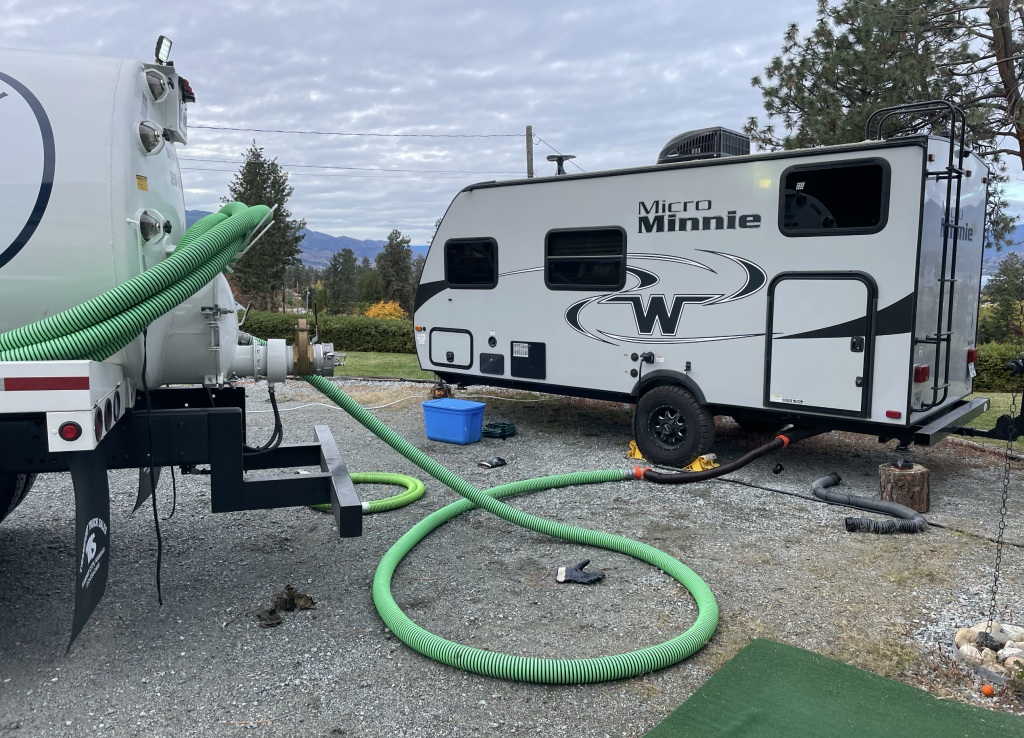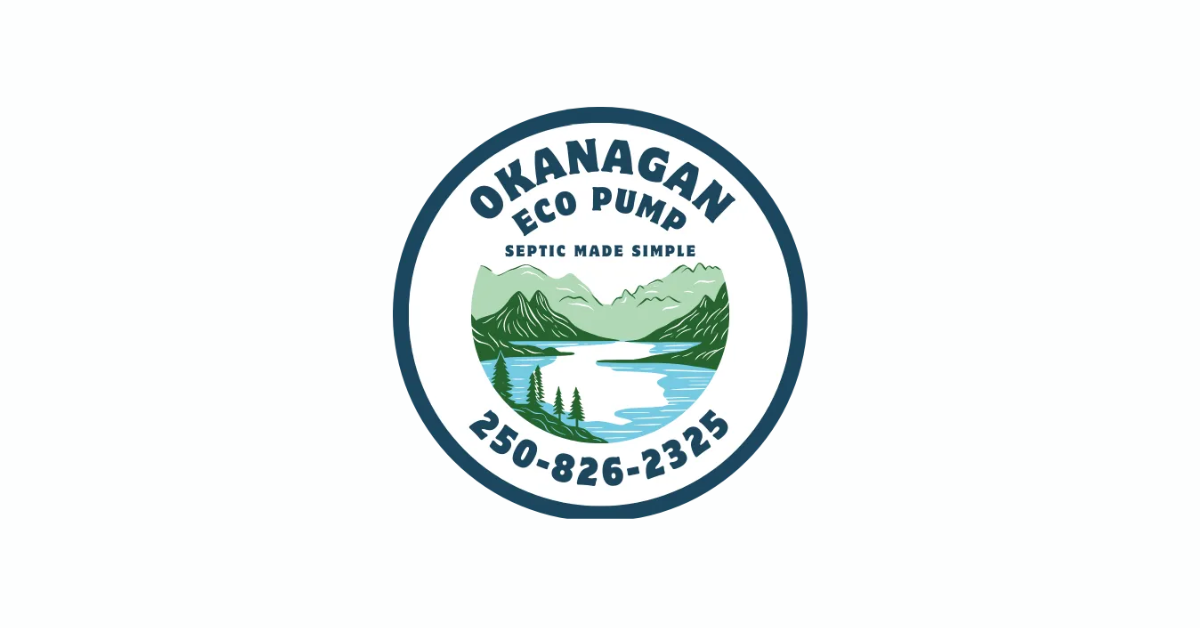Kelowna Area Septic Services: Complete Septic System Care
Wiki Article
Septic Pumping Services Kelowna: Industrial Septic Pumping
Septic system design considerations are important for making certain the longevity and effectiveness of wastewater treatment methods. Appropriately designed techniques can prevent pricey repairs and environmental contamination. The consideration of various components during the design section can greatly affect the general performance of a septic system. Soil sort is doubtless considered one of the main features to evaluate through the planning section. Different soil varieties have distinct drainage capabilities, which immediately affect the infiltration and treatment of wastewater. Sandy soils allow for speedy drainage, whereas clay soils are likely to retain water, making them less appropriate for conventional septic techniques. A thorough soil analysis can guide the number of the suitable system for the specific website conditions. Site topography additionally performs a significant function in septic system design (septic tank pumping services West Kelowna). The lay of the land can have an effect on the natural move of wastewater and any potential runoff. Ideally, the system must be placed on a slight slope to facilitate gravity flow and avoid standing water. This consideration might help mitigate dangers related to flooding or pooling, which can lead to system failure. Another essential issue is the estimated day by day wastewater flow from the residence or establishment. This is usually calculated based mostly on the number of bedrooms and anticipated occupancy. Correct estimations ensure that the septic system can deal with the volume of waste generated. An undersized system may become overwhelmed, causing backups and necessitating expensive repairs.
Kelowna Septic System Installation: New Septic System Design
The selection of septic tank is equally important. Tanks come in several materials, together with concrete, fiberglass, and plastic, every with totally different advantages and downsides. Concrete tanks are strong and durable, whereas fiberglass tanks are lighter and immune to corrosion. The decision can also consider local constructing codes and environmental regulations. The design of the drain area or leach field is one other critical side. This element permits treated wastewater to percolate into the soil. Proper design ensures that the effluent is sufficiently handled earlier than getting into the groundwater. Factors similar to drain field measurement, depth, and distance from wells and water sources must be thought of to prevent contamination.Reliable Septic Repair in Kelowna: Emergency Services
Seasonal variations can have an result on septic system efficiency. Heavy rainfall can saturate the soil and cut back its absorption capability, leading to surface discharge or backups. Conversely, extended dry periods can cause soil shrinkage and compromise the integrity of the system. Designing methods with these fluctuations in mind ensures resilience towards climate variability. Maintenance is an often-overlooked facet of septic system design. A well-maintained system can provide years of service, while neglect can lead to failures. Designers should incorporate access points for routine inspections and consider the convenience of maintenance when choosing elements. Instructional materials for householders also can promote awareness and duty in caring for their system.
Environmental impact is a rising concern in septic system design. Techniques not designed with sustainability in mind can lead to contamination of local water sources. Efficient designs ought to decrease nutrient loading and make sure that the effluent poses minimal danger to the encompassing ecosystem. This could require the installation of advanced treatment techniques or natural filtration methods.
Native regulations and permitting requirements can significantly influence design choices. Every jurisdiction might have specific codes that dictate system size, materials, and installation practices. Understanding these regulations is necessary to avoid fines and ensure compliance with health and safety standards. Working closely with local health departments can help clarify requirements and streamline the permitting process.
Septic Tank Pumping in Kelowna: Routine Septic Maintenance
The integration of technology into septic system design is an rising trend. Revolutionary solutions, such as advanced treatment items, offer enhanced wastewater treatment capabilities. These techniques can provide further filtration and disinfection processes that improve effluent quality. Incorporating such technologies can result in more environment friendly wastewater management and lowered environmental impacts. In conclusion, septic system design considerations encompass numerous interconnected factors that decide the functionality and reliability of wastewater treatment methods. The careful analysis of soil type, website topography, wastewater flow estimates, and acceptable system components is crucial in attaining a profitable installation. Ensuring long-term sustainability and compliance with native regulations can enhance system performance and protect public health. General, taking a holistic strategy to septic system design can yield significant benefits for homeowners and the environment alike.- Assessing soil types and permeability is crucial for determining the appropriate septic system design and stopping system failure.
- The distance from water sources, such as wells and floor water, should be rigorously evaluated to avoid contamination and comply with native regulations.
Best Septic Services Kelowna: Award Winning Septic Technicians
- It is important to calculate every day wastewater circulate to ensure that the system can adequately handle the volume generated by the household.
- The slope and topography of the land can influence the system’s design, impacting each drainage and long-term maintenance necessities.

- Incorporating an effluent filter can improve the longevity of the system by lowering solids entering the drain field, minimizing clogs.
- Regular maintenance schedules should be established to monitor system performance, including inspecting tank levels and checking for leaks or blockages.
Cost-Effective Septic Services in Kelowna & Nearby Communities
- The selection of materials for tank building and piping can affect sturdiness and effectivity; choosing high-quality components is advisable.
- Incorporating environmental greatest practices, such as using native vegetation in the vicinity of the system, helps promote natural filtration and ecosystem health.
Residential Septic System Installation Services in Kelowna
- Planning for potential future growth of the household or elevated wastewater technology must be included in the design to avoid pricey modifications later.
- Native health division regulations and pointers should be prioritized all through the septic system design course of to ensure compliance and safety. Septic System Design Considerations
What are the key components to consider when designing a septic system?
Affordable Septic Services Kelowna: Budget-Friendly Septic Solutions
When designing a septic system, consider factors corresponding to soil kind, web site topography, native regulations, water desk ranges, and the dimensions of the household. Each of these factors influences the system's effectiveness and longevity. How do soil types affect septic system design? Soil kind is essential as a outcome of it determines the absorption capacity for wastewater. Sandy soils allow for quick drainage, whereas clay soils retain water and will require alternative designs to forestall flooding and system failure.West Kelowna Septic Services: Reliable Septic Tank Cleaning
What is the importance of tank measurement in a septic system? The tank dimension is essential to accommodate the family's wastewater flow and forestall overflow. A larger tank permits for extra solids to settle and septic system installation costs Kelowna offers sufficient retention time for waste treatment, reducing the danger of failure.Septic Services in Okanagan: Okanagan Septic Solutions
How usually should a septic system be inspected and maintained? Regular inspections are recommended every 1 to 3 years, depending on the system type and utilization. Maintenance corresponding to pumping must be accomplished each three to 5 years to stop buildup and prolong the system's life. What are the potential signs of septic system failure? Signs of failure may include slow drains, sewage backups, foul odors, lush vegetation over the drain field, and floor puddling. Addressing these points promptly can prevent extra in depth damage and costly repairs.Kelowna Septic Services: Emergency Repair
Am I Able To design a septic system for a sloped property? Yes, septic techniques could be designed for sloped properties, however they could require particular considerations like further tankage or alternative drainage solutions to make sure proper flow and forestall erosion. What should I do if my property has a excessive water table? In high water table areas, designing a septic system requires specialised systems corresponding to raised drain fields or mound systems that elevate the elements above the water desk, permitting for effective wastewater treatment.Septic System Inspections Kelowna: Regular Septic System Checkups
Are there environmental regulations I need to think about when designing a septic system? - septic system issues and solutions Kelowna areaYes, native health departments and environmental businesses have regulations governing septic system installation. Complying with these tips is essential to make sure safety, efficiency, and environmental protection. How do I select a professional septic system designer or contractor? Select a septic system designer or contractor by verifying their skills, expertise, and reviews. Guarantee they are licensed and knowledgeable about native regulations and best practices for septic system design. Report this wiki page